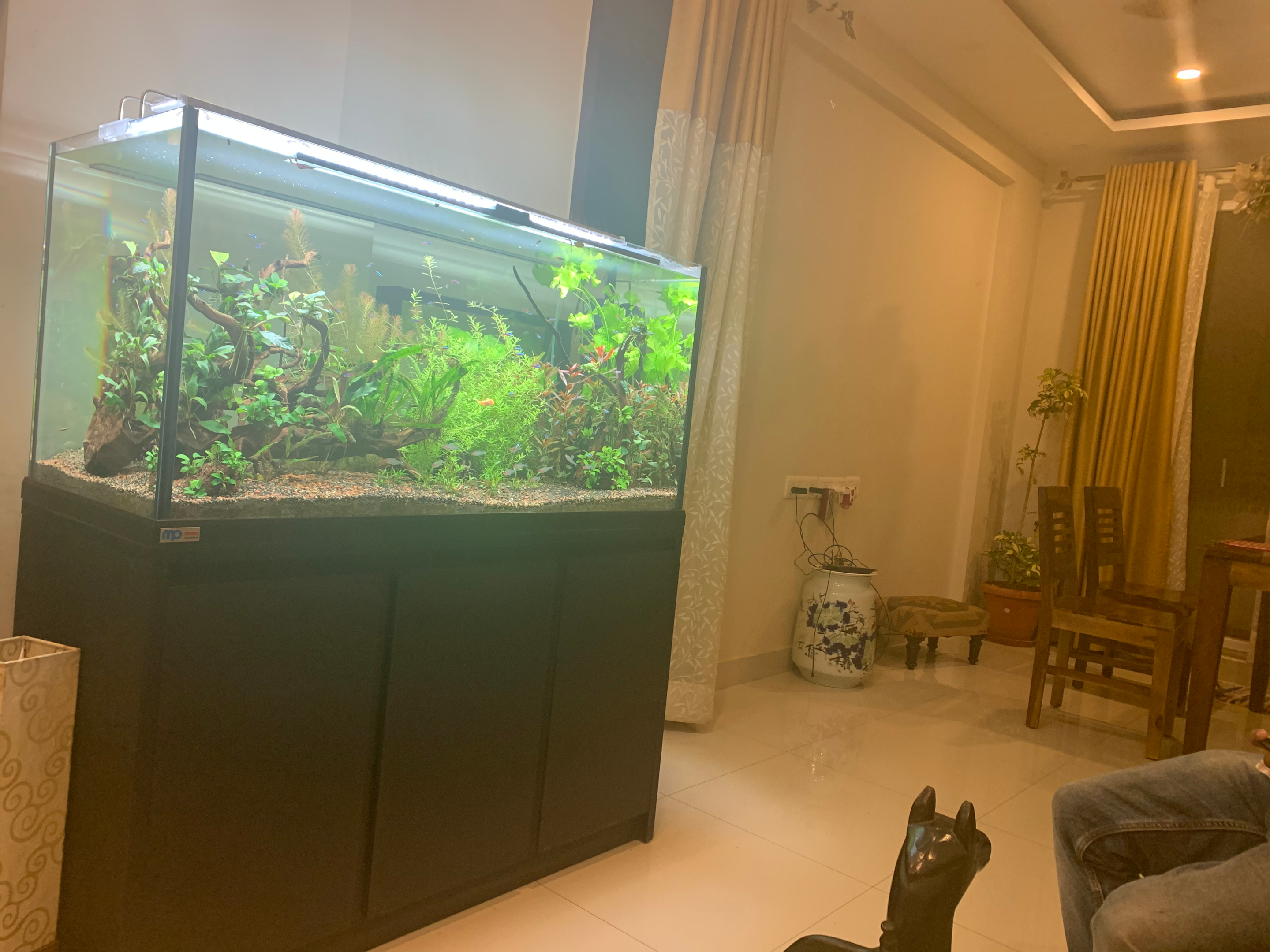New tank syndrome
We sometimes want to begin with a new hobby to add something fresh to our life and it should happen at least immediately. So if it is LEGO, we may purchase our first set and get started. If it is photography, there is no obstacle, just use your phone and capture the frame. But things look different while talking about new aquariums.
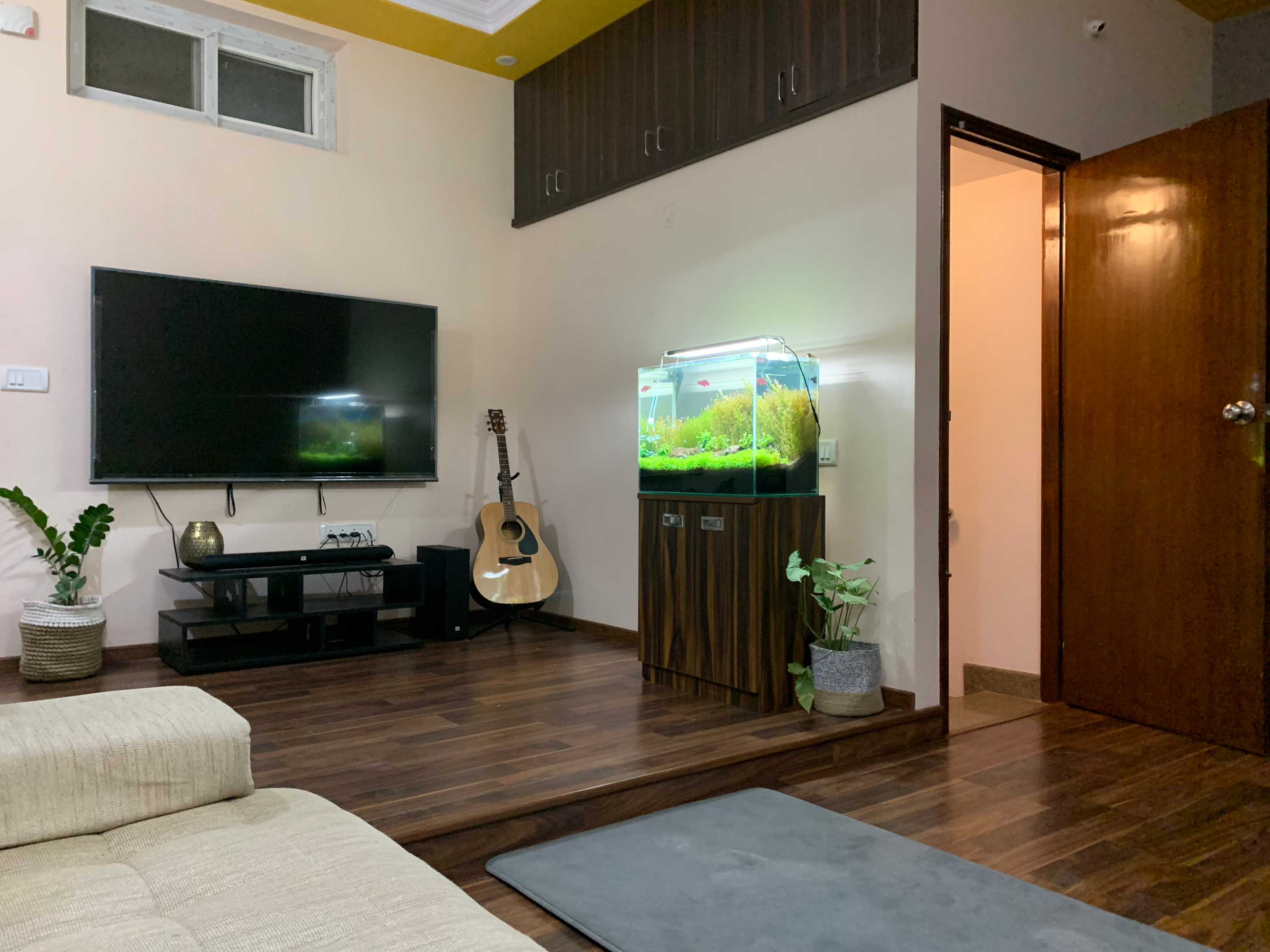
Of course, the first chapter may seem rather easy, we choose our equipment, the size of a fish tank, some ornaments, new filter, soil and hardscape, fill it with water and we have got a brand new established aquarium.
And last but not least, we think about adding fish to our new aquarium. The temptation to have them instantly is huge but it is necessary to avoid it because something wrong, called new tank syndrome, often may happen.
What is the new tank syndrome?
The new tank syndrome occurs usually in newly established tanks but it is possible to trigger something similar in a mature aquarium water if the filter bacteria will be washed out thoroughly.
The direct cause of the tank syndrome is a lack of beneficial bacteria that break down all the waste in the aquarium. Those good bacteria reduce toxic ammonia and nitrite levels that are dangerous or even lethal to fish.
To fully understand the term 'new tank syndrome' it is crucial to know basic biological processes that happen in the nature, especially the nitrogen cycle.
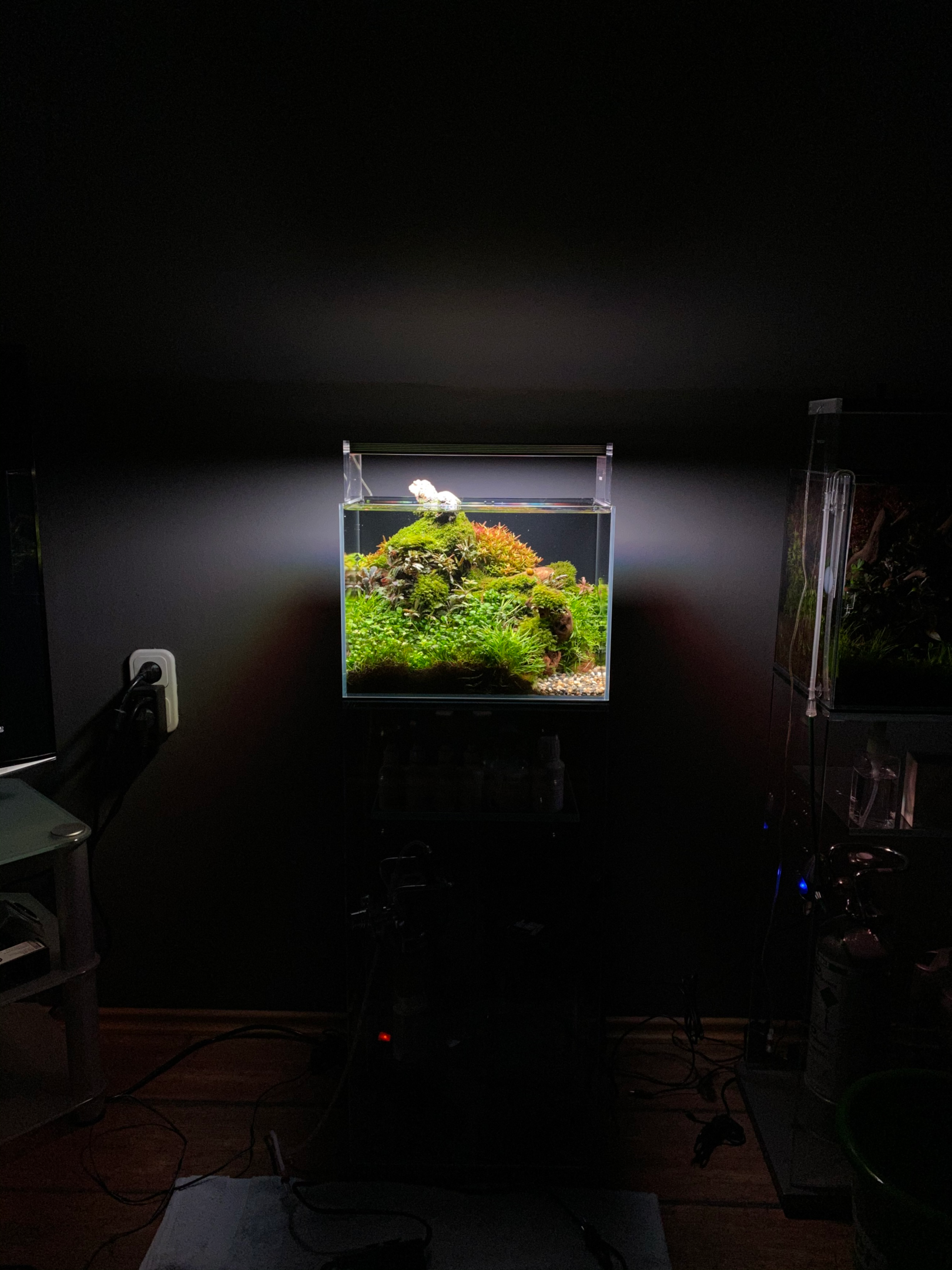
Nitrogen cycle in the aquarium
Once the aquarium is set up, the process of bacteria growth starts too. Accumulated organic particles in the substrate over time release ammonia. These particles consist of fish waste, rotting plant parts or uneaten food.
Pure ammonia can cause irreversible repercussions to our tank. In the best case scenario, some commons fish disease will be found due to ammonia poisoning but at least they are alive. It's better not to say what happens if the tank reaches ammonia levels above limits.
Creating a biological filter in a healthy aquarium means exactly the colonization and expansion of beneficial bacteria. When we get enough bacteria, they convert ammonia present in the water. But the problem is with the second stage. This particular bacteria converts ammonia to nitrites which are also dangerous at some levels. And this is why need another bacteria strain- nitrifying bacteria.
Nitrifying bacteria transform nitrites to nitrates and they are used partially by plants to grow. Sadly, nitrates are not completely neutral to the environment. But there are some harmless nitrate levels that fish and plants can adapt to and don't feel any negative consequences to their health.
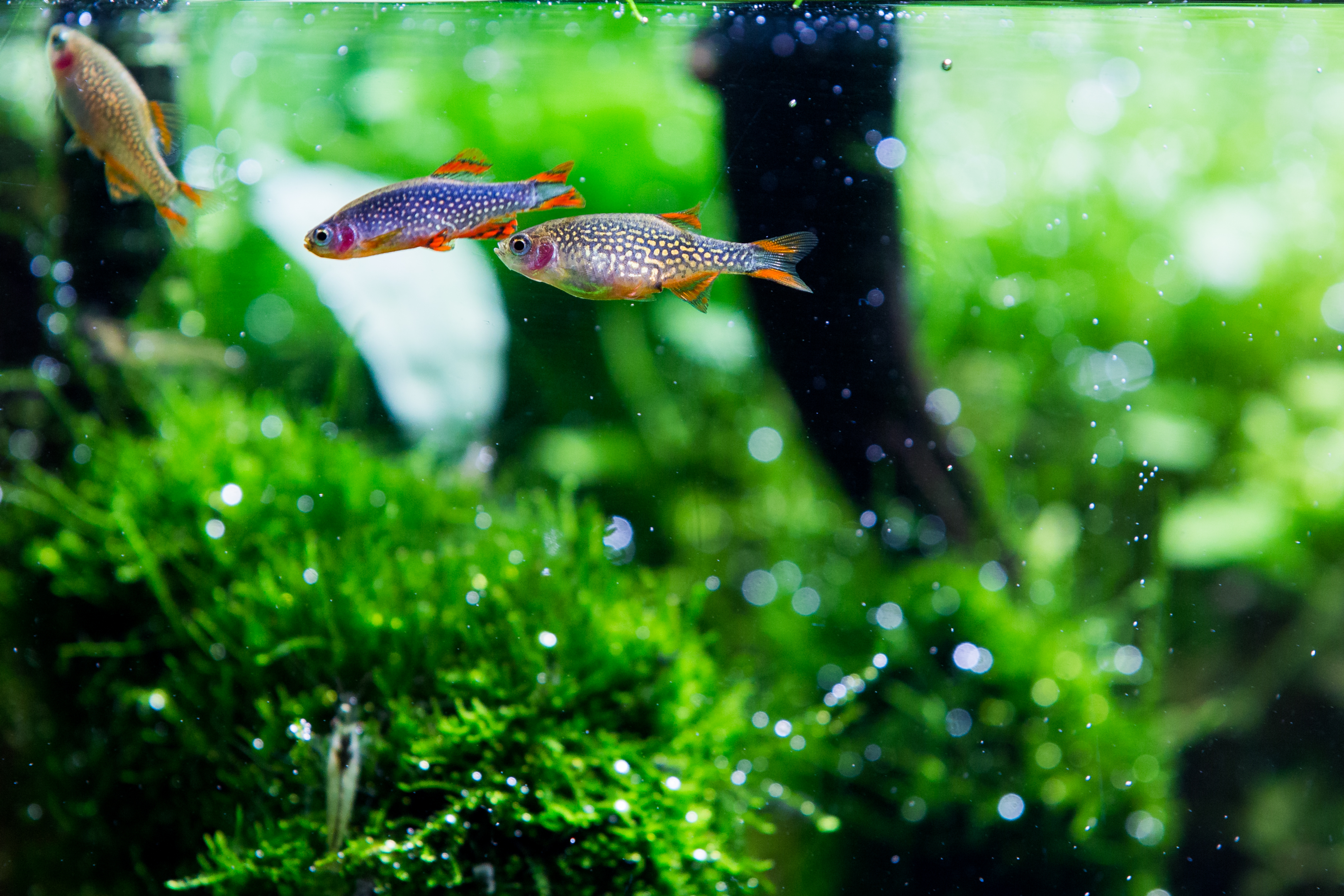
How to start the nitrogen cycle?
Starting the aquarium nitrogen cycle should be planned. It is recommended to begin with plants, before fish are added- a process called fishless cycling. Plants lose some leaves and something is going to decay. After a couple of days, you may add a starter fish and if everything is fine, a few fish can join the club.
But remember to be absolutely careful with that, because too many fish means more fish waste and excess food and it results in more ammonia production. As a consequence, it increases the stress on fish and the possibility of fish deaths.
Once ammonia and nitrite levels reach highly toxic level, it means that your tank has succumbed to the new tank syndrome- the tank has not completed the full nitrogen cycle yet and the accumulation of ammonia and nitrites have concentrations that are lethal to fish.
Avoid the new tank syndrome
If you want to avoid the new tank syndrome you have to carry out the nitrogen cycle properly and follow some rules:
-
Purchase an aquarium test kit, monitor your water quality regularly and make notes of the results. Keep in mind that most of the water problems worse over time and they are invisible at first sight so don't assume everything is fine.
-
Change the water frequently- 20% once a week in already established aquarium to dilute waste compounds when the filter still matures.
-
Start with fishless cycling to provide the best possible home for our pets. We don't want poor water quality and pollutions in our tank.
-
In the first few weeks feed the fish frugally and try to remove the excess fish food. It is more likely for fish to die because of overfeeding and toxic ammonia and nitrite levels than underfeeding.
-
Keep an eye on your maximum stocking level for your fish tank and add fish in stages to allow filter bacteria to grow to combat the waste that is being produced by the fish.
-
You may also fertilize the tank water with aquarium tonic salt (read the article about aquarium salt here) to help fish keep their internal salt balance, especially when the fish are stressed or sick.
-
Cleaning the biological filter media under the tap water is strictly forbidden. Chlorine and chloramine which are within tap water efficiently kill bacteria without segregation if they are good or bad.
-
Do not replace all filter media at once. If you replace every particle of your filter, you are going to remove all good bacteria.
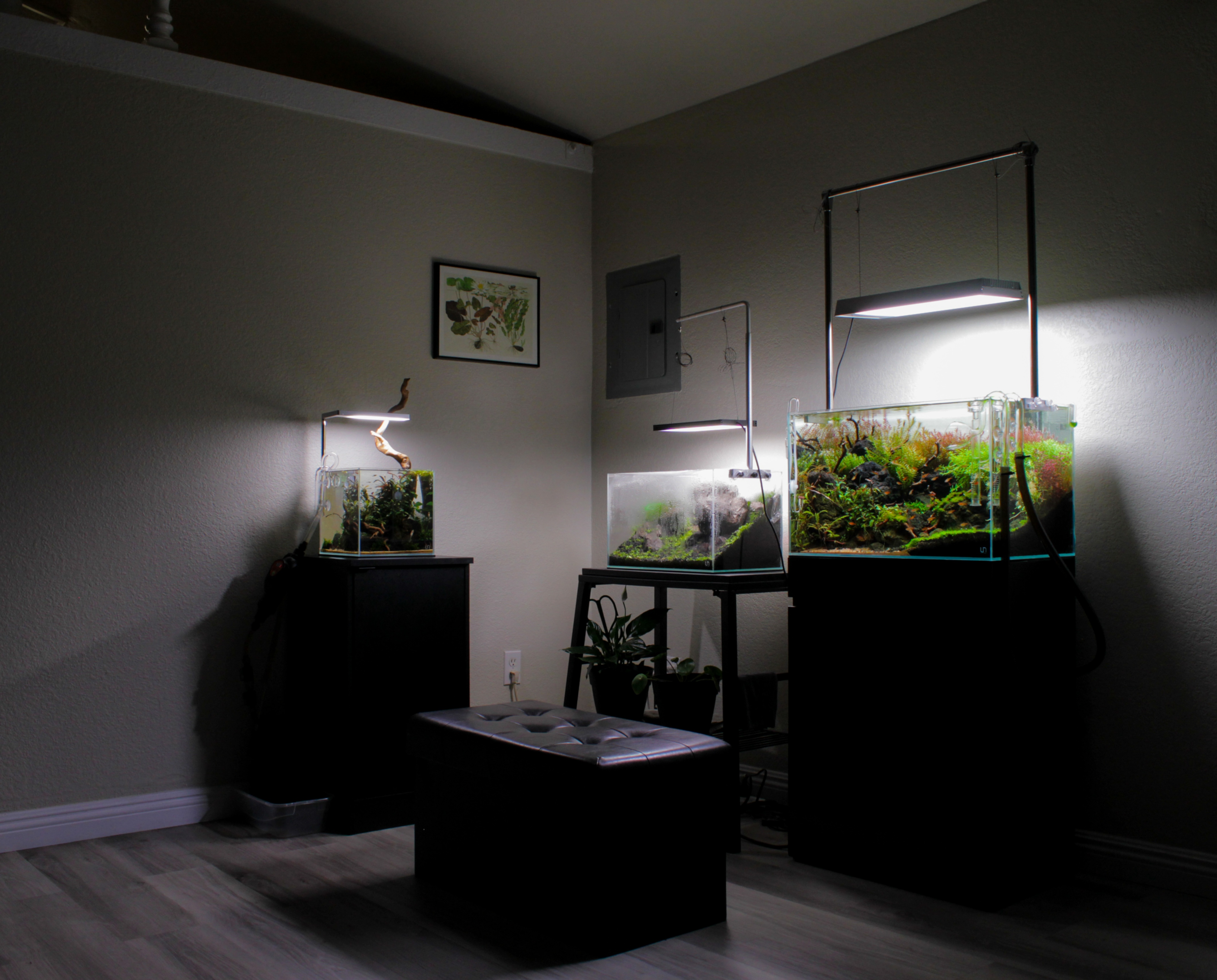
What if I'm impatient?
The key to success in this matter is to be persistent, monitor conditions and do things around the aquarium wisely. All of those take time and nothing will happen in the snap of a finger.
However we may 'speed up' this process a little bit. Unfortunately, the access to already established tank is required. The main concept involves removing some of the beneficial bacteria to the new fish tank.
If you are a beginner, it's not available but some pet shops will provide customers with a cup of gravel from their tanks, just ask them. It's not the safest option due to a fact that tanks in stores are more likely to have unwanted bacteria or parasites and we don't want those in our aquarium. Nevertheless, if you buy fish from one store, the danger is relatively small because they had been exposed to those pathogens before.
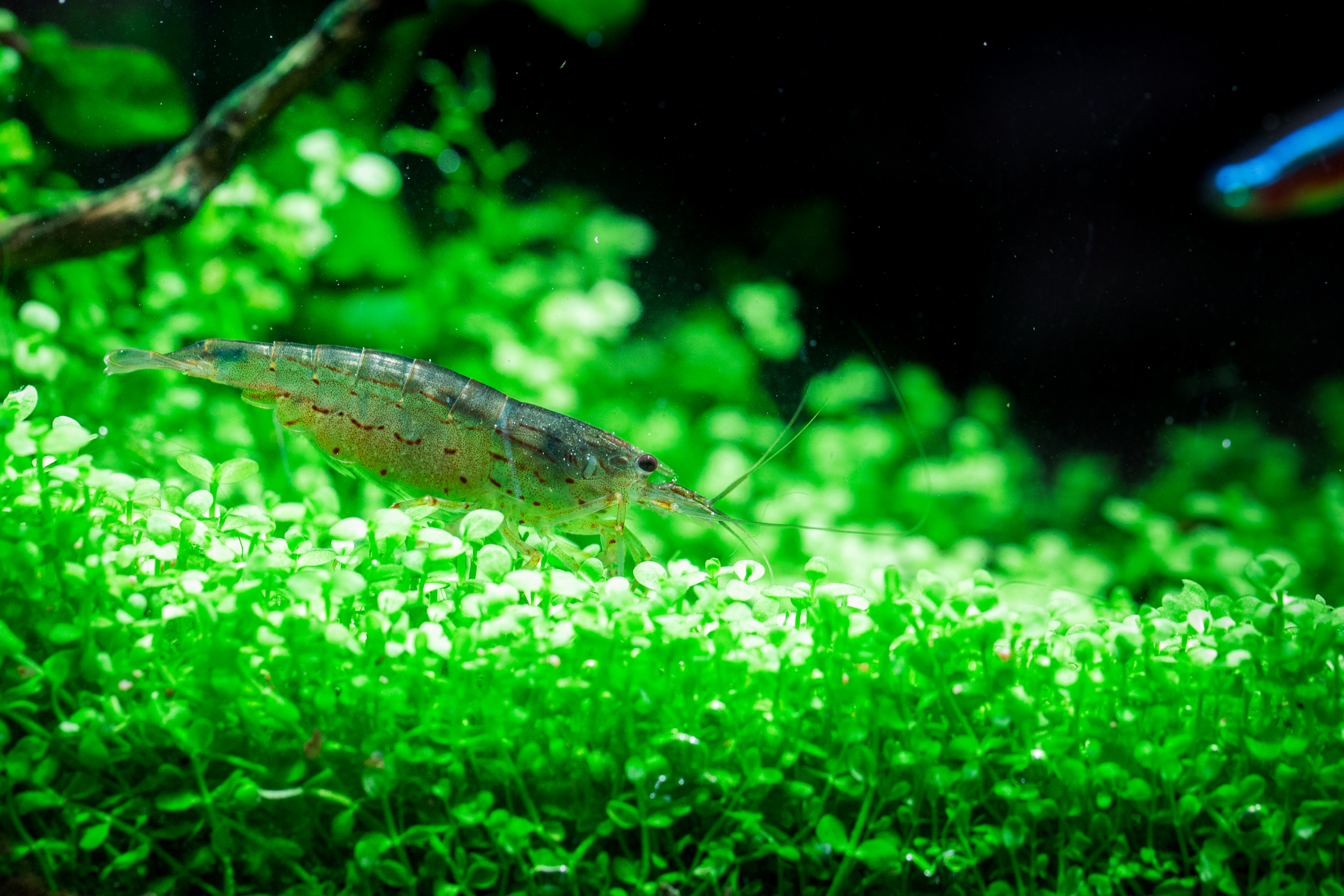
New tank syndrome solver
The very untrue statement is that fish before being added to a new aquarium need weeks or months to adjust. Endless cycle, that nitrifying bacteria take part in, needs fish within the process. Of course, after pouring the tap water you should wait at least twelve hours for all the chemicals to evaporate but opinions of a multi-year fishless cycling are exaggerated.
Peaking concentrations of harmful chemical compounds can negatively affect fish, plants and other animals in the tank but having done a research you know how to keep everything stable. Once water parameters and water temperature in the tank seem normal, you can let the fish inside and you can avoid the new tank syndrome. Make sure by using test kits that toxin levels do not change over time.
